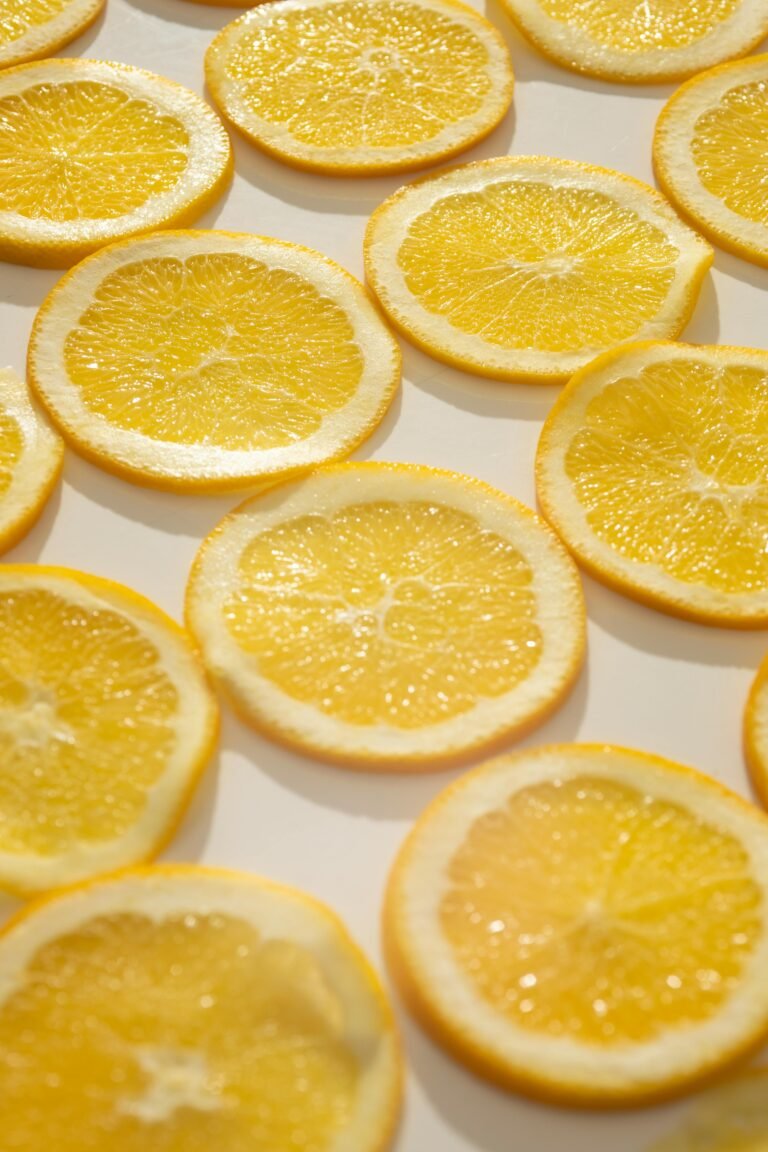10 alternatives to salt: how to replace salt in the kitchen
Personally, I don’t always share all the articles I write on Dcomedieta as a bio-nutritionist and independent researcher. One of the thorniest issues is undoubtedly that of salt. Salt is not harmful if taken in suitable doses, and should not be eliminated from the diet. I talked about the benefits of salt for metabolism in this article , and the salt-to-high blood pressure ratio in this one.
In fact, I believe that those who incriminate salt should instead increase the consumption of potassium, magnesium and other minerals that are very important for health . This is achieved by eating more fruits, vegetables, sugar-free juices, milk (which contains more potassium than calcium), tubers such as potatoes. It is by balancing the minerals that we obtain benefits.
In fact, if I say that salt is bad, people may think that by eliminating salt they get more health benefits. But if you choose the wrong foods and aren’t getting the other minerals or supplementing with the right liquids, you will obviously think you have a problem with salt.
Obviously this is only in general terms.
Going specific,there are reasons why some people should limit salt. This is the case with liver disease and hypertension. Although there is no conclusive evidence to date that reducing salt reduces hypertension and cardiovascular risk in the long term, if your doctor recommends a low-sodium diet, you should definitely follow it.
But how to replace the salt in the kitchen?
For people whose doctor has recommended a low-sodium diet, here are 10 alternatives to salt according to holistic nutrition expert Sue Selvaraj.
10 ALTERNATIVES TO SALT: HERE’S HOW TO REPLACE SALT IN THE KITCHEN
These are alternatives other than gomasio, which partly has sea salt.
- Apple cider vinegar and lemon juice. Both are mineralizing and allow us to greatly reduce the salt.
- Onion powder, dehydrated or flaked onion, garlic powder. Together with powdered rosemary, garlic and onion can be used to flavor meat and fish or legumes. In the case of meat and fish, a marinade with lemon juice before cooking gives it aroma and flavor.
- Pureed tomatoes, dried without salt, concentrated tomato paste. Little tricks to flavor vegetables. Tomato paste or dried tomatoes without salt are perfect for sauces, pesto, vegetable dishes, stews.
- Spices. Paprika, turmeric, cumin and curry are the most suitable spices for reducing salt in dishes.
- Dried or powdered aromatic herbs. The powdered ones allow you to prepare mixes for roasts, fish or vegetables. For example chives, thyme, rosemary, dried sage, oregano. To be mixed with pepper or chilli and dehydrated onion or garlic.
- Citrus peels. Citrus peels flavor especially meat such as poultry and fish.
- Fresh ginger . Fresh ginger with its naturally spicy flavor greatly reduces the need for salt.
- Fresh chillies . Same thing as ginger. The spicy flavor reduces the craving for salty.
- Dried mushrooms. Another little trick to reduce the salt in sauces, seasonings for meat, stews, ragout. In fish dishes a good substitute is dried seaweed.
- Flavored oil . With citrus peels, garlic, chillies, spices, you can create flavored oils to use in the kitchen. The flavor of these ingredients in the oily emulsion is much more pronounced.Finally, we can find salt-free seasonings that can replace it very well.
























+ There are no comments
Add yours